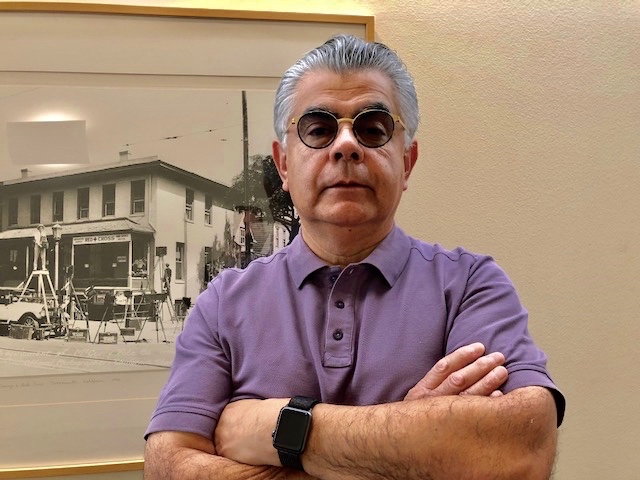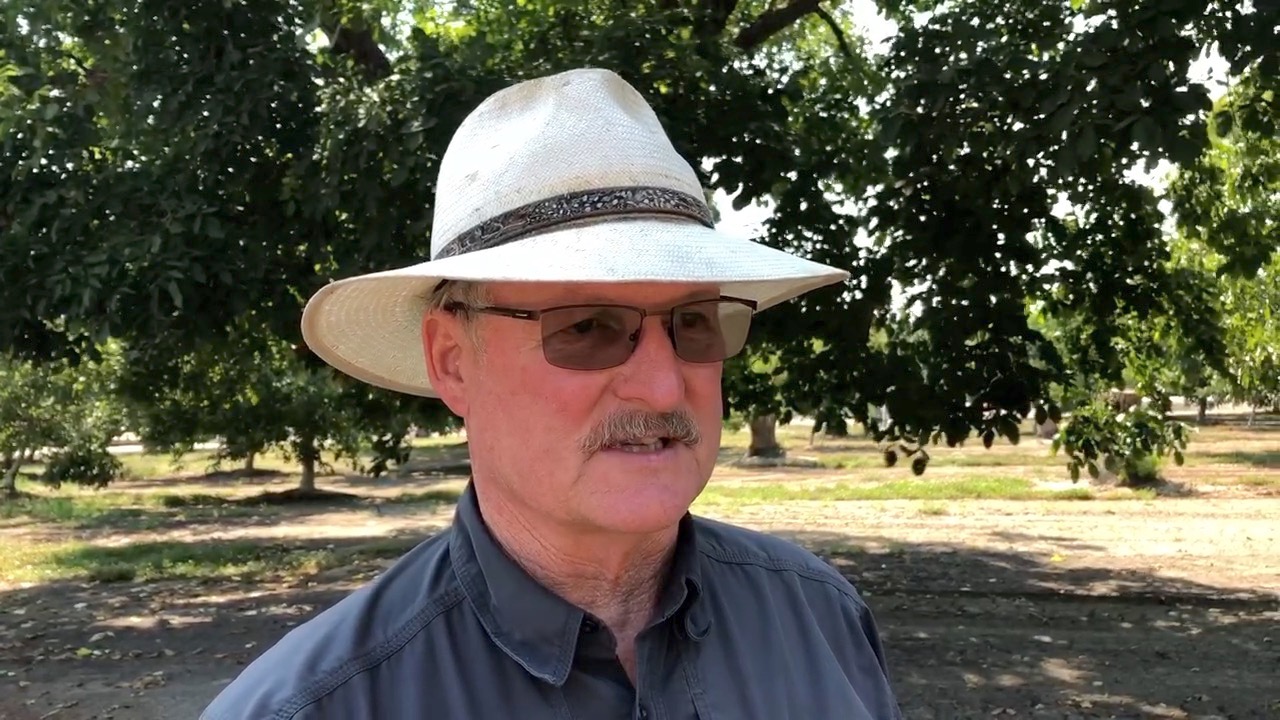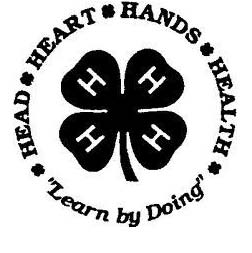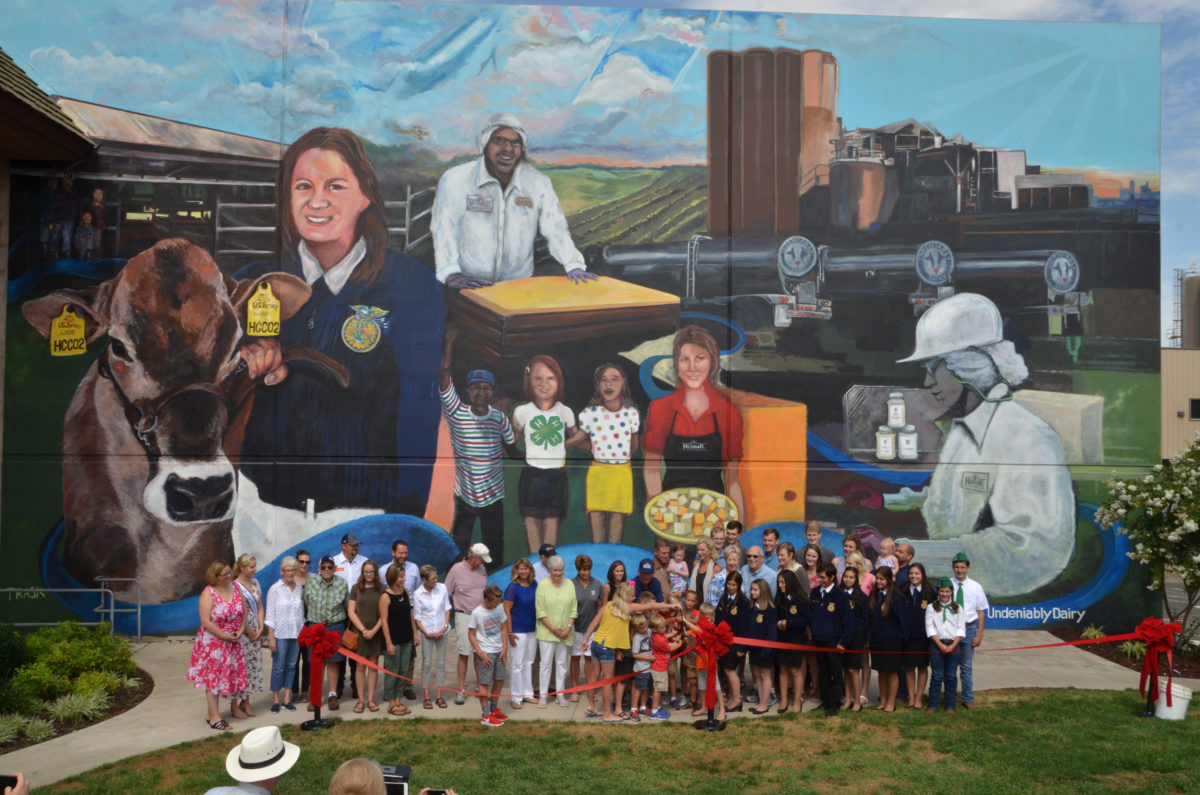Citrus Research Board Seeks to Hire New President
Nationwide Search Is On
Edited by Patrick Cavanaugh
The Citrus Research Board (CRB) has launched a nationwide search to hire a new president for the organization. A search committee is being formed.
“This year marks the Citrus Research Board’s 50th anniversary,” said CRB Chairman Dan Dreyer. “As we celebrate this milestone, we also are rededicating ourselves to do our utmost to ensure the success of the California citrus growers.” Dreyer said the CRB also is continuing to ramp up its fight against Huanglongbing, the deadliest citrus disease to date, which has devastated crops in other worldwide growing regions and potentially presents a critical threat to California citrus.

The CRB administers the California Citrus Research Program, the grower-funded and grower-directed program established in 1968 enabling the State’s citrus producers to sponsor and support needed research. More information about the Citrus Research Board may be found at www.citrusresearch.org.
Phone: 559.738.0246 | Fax: 559.738.0607
events@citrusresearch.org | www.citrusresearch.org
Copyright © 2018 Citrus Research Board | All rights reserved.






























